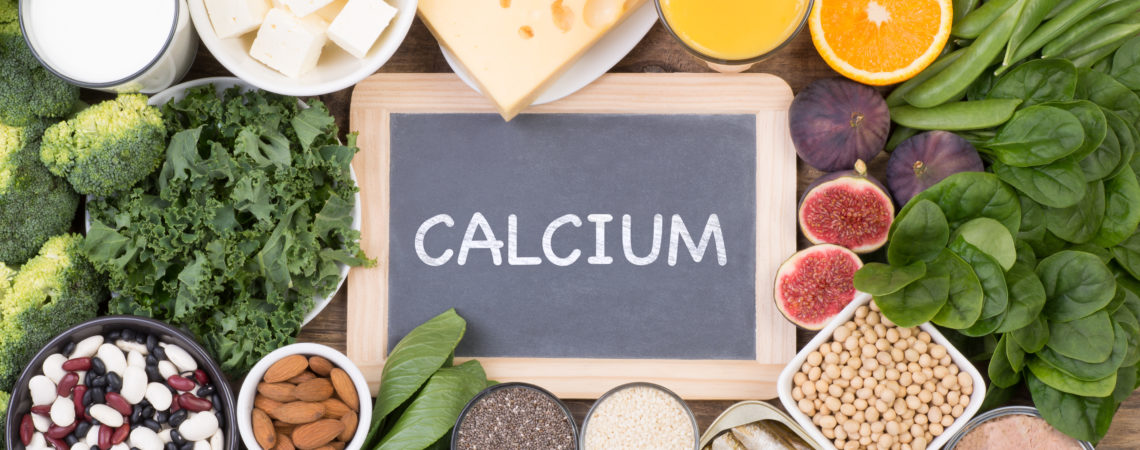Maintaining bone health is a lifelong process and women of all ages should take steps to reduce bone loss. If detected early, osteoporosis can be prevented and treated.
What is Osteoporosis?
Osteoporosis, a skeletal disorder characterized by declining bone strength, poses a major threat to women. 54 million Americans have low bone density or osteoporosis, and about one-in-two women over the age of 50 will break a bone due to osteoporosis.
Osteoporosis is largely preventable, and early detection is critical to prevent devastating complications such as hip and vertebral compression fractures.
Women reach peak bone mass in their early twenties and then start to lose bone at a rate of 1% per year at age 35. After menopause, this rate increases dramatically. The probability that a 50-year-old Caucasian woman will have a hip fracture during her life is 16%.
How Do You Test?
In keeping with our proactive approach to women’s healthcare, Montclair Breast Center offers testing for osteoporosis. Our Bone Density Unit performs a non-invasive test for osteoporosis. Results are same-day.
The Bone Density Unit takes an x-ray of the hip and spine that measures bone mass. After the test, the team at Montclair Breast Center will discuss individualized approaches with you to increase your bone density, if needed.
We recommend a baseline scan at age 45-50. Screening should continue on a regular basis every 2- 3 years.
How Much Calcium Do You Need Daily?
- Age 19-50: 1,000 mg
- Age 51+: 1,200 mg
What Can I Do?
Your body needs calcium to keep your bones dense and strong. Low bone density can cause your bones to become brittle, fragile and easily break even without obvious injury.
Our bodies absorb less calcium as we age, so it’s critical to consume enough calcium-rich foods.
In addition to helping prevent breast cancer, Vitamin D also helps your body absorb calcium. Win-win!
Calcium rich foods include dairy, sardines, and dark, leafy greens. Vitamin D enhanced your bodies absorption of calcium. Some foods (such as salmon) contain both vitamin D and calcium.
| CALCIUM RICH FOOD | Amount | Calcium (mg) |
| Almonds | 1 oz. | 97 |
| Amaranth, cooked | 0.5 cup | 135 |
| Arugula, raw | 1 cup | 125 |
| Bok Choy, cooked | 1 cup | 158 |
| Broccoli, cooked | 1 cup | 180 |
| Buttermilk | 1 cup | 300 |
| Chard or Okra, cooked | 1 cup | 176 |
| Collard greens, cooked | 1 cup | 357 |
| Hard Cheese (cheddar, jack) | 1 oz | 200 |
| Kale, cooked | 1 cup | 179 |
| Legumes, general, cooked | 0.5 cup | 15 to 50 |
| Mackerel, canned | 3 oz. | 250 |
| Milk (skim, low fat, whole) | 1 cup | 300 |
| Molasses, blackstrap | 2 Tbsp | 342 |
| Mozzarella | 1 oz | 200 |
| Mustard greens, cooked | 1 cup | 152 |
| Nonfat dry milk powder | 5 Tbsp | 300 |
| Oatmeal, instant | 1 package | 100 to 150 |
| Salmon, canned, with bones | 3 oz. | 170 to 210 |
| Sardines | 3 oz. | 370 |
| Sesame seeds, whole roasted | 1 oz. | 280 |
| Sesame tahini | 1 oz. (2 Tbsp) | 130 |
| Sour Cream, cultured | 1 cup | 250 |
| Soybeans, boiled | 0.5 cup | 100 |
| Spinach, cooked | 1 cup | 240 |
| Swiss or Gruyere | 1 oz | 270 |
| Tofu, firm | 4 oz | 250 to 750 |
| Tofu, soft | 4 oz | 120 to 390 |
| Turnip greens, cooked | 1 cup | 249 |
| Yogurt | 1 cup | 450 |





